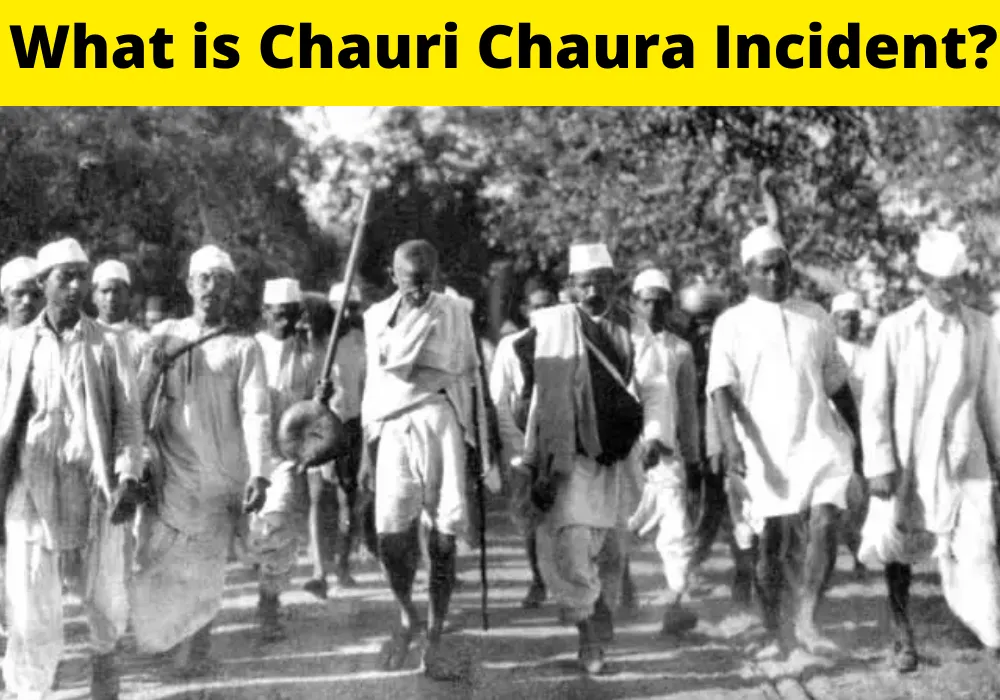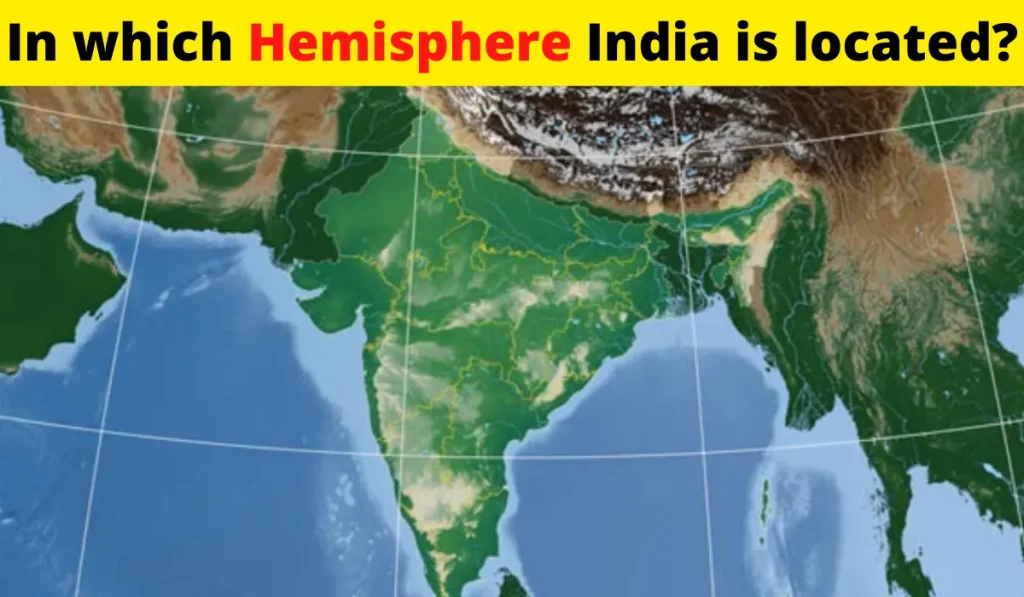Contents
This blog post is about the Chauri Chaura incident of 1922. The Chauri Chaura incident was a major massacre that took place on February 2, 1922 in the town of Chauri Chaura, Uttar Pradesh, India. It was the largest massacre of the British during the colonial rule of India. The incident resulted in the death of more than 400 people.

The Chauri Chaura incident happened at Chauri Chaura in the Gorakhpur district of the United Province, (modern Uttar Pradesh) in British India on 4 February 1922, when a large batch of protesters, collaborated in the Non-cooperation movement, clashed with police, who opened fire.
Two days pervious to the incident, on 2 February 1922, volunteers collaborated in the non-co-operation movement protested against high meat prices in the marketplace.
The demonstrators were abused back by the local police. Several leaders were detained and put in the lock-up at the Chauri Chaura police station.
In response to this a objection against the police was called for 4 February, to be clenched at the local marketplace.
On 5 February, around 2,000 to 2,500 protestors assembled and began trooping towards the market at Chauri Chaura.
Armed police were consigned to control the situation while the crowd marched towards the market.
Enraged by the gunfire into their ranks, the crowd place the chowki ablaze, killing all the Indian policeman. The death count that is broadcast variously in the literature as 22 of 23 policeman killed, possibly due to the ensuing death of an additional burn victim on 5 February.
Aftermath
In reaction to the killing of the police, British authorities announce martial law in and around Chauri Chaura. Several raids were commanded and hundreds of people were arrested.
Appalled at the anger, Gandhi went on a five-day fast as penance. Gandhi was also arrested and doomed to six years of imprisonment but was later released in February 1924, on grounds of his ill health.
On 12 February 1922, the Indian National Congress stopped the Non-co-operation.
What led to the initiation of non-co-operation movement?
- Rowlatt Satyagraha & Jallianwala Bagh Tragedy.
- Khilafat movement
- Home rule movement
- World war one
Swaraj Party- Formation, Aims & President
While in Jail due to involvement in the non-co-operation movement C.R. Das was advocating participation in the election in terms of the reform act of 1919 in order to combat the British form within.
Mahatma Gandhi was, although, against it, for, according to him there was no chance of congress getting superiority in the legislatures, arid even if superiority would be there, the governor general or the governors would be in a spot to remove the objection of the majority of the legislature.
No changers versus swarijists
Swarajists
One section conduct by C R DAS, Motilal Nehru and Ajmal khan wanted an end to the boycott of legislative councils so that the nationalists could enter them to display the basic weakness of these assemblies and use these councils as an arena of political struggle.
Their only aim was to use the councils as arena of political struggle.
Those advocating coming into legislative councils came to be known as the Swarajists.
Swaraj Party
Mahatma Gandhi and his close believer like Chakravarty Raja-Gopal Acharia etc. remained unconvinced. Chitta Ranjan Das, Motilal Nehru, Satya Murti, Hakim Ajmal Khan, Vitalbhai Patel, N.C, Kelkar, Jayakar and many others who were in backing of entering into the legislature formed a party called Swarajya Party within the congress.
The leader of the party was C.R DAS. In Bombay Vitalbhai Patel, in northern India Motilal Nehru, in Bengal and south India C.R DAS made the swarajya party a very strong interaction.
Aims
- Attaining dominion status.
- Achieving the right to frame a constitution.
- Setting-up control over the bureaucracy.
- Accessing full provincial autonomy.
- Attaining swarajya (self-rule)
- Getting people the right to control government machinery.
- Arranging industrial and agricultural labor.
- Commanding the local and municipal bodies.
- Having an agency for disinformation outside the country.
- Establishing a federation of Asian countries to encourage trade and commerce.
- Engaging in the constructive policy of the congress.
Swaraj party
In the meantime C.R DAS died and the government was not ready to pass any reforms measure. In the event the differences between the congress and the swarajya party were removed.
Swarajya party was disrupted. The swarajya party did not accomplish in pressuring the government to undertake reform measures, but it has left the example of resistant the government by remaining as a part of the administration.
Final Words
The Chauri Chaura incident was an event in which an armed mob attacked the police station in the town of Chauri Chaura in India on 22 February 1922. The police station was set on fire, and the police and local officials were killed. This led to the eventual deaths of about 500 to 1,000 people. The incident was a major event in the Indian independence movement.
The Chauri Chaura incident is a defining moment in the history of the Indian Independence Movement. However, the incident has been largely ignored or glossed over in many of the history books and studies of the Indian Independence Movement. We hope that our article helped to bring more attention to this incident and to understand more of the context and events that lead up to it. We hope you have more questions so please reach out to us at www.edukar.in
Thank you for reading, we hope you have more questions!









![Web application and Security Class 10 [Questions Answers & MCQs] Web application Class 10 Questions & Answers](https://edukar.in/wp-content/uploads/2022/09/Web-application-Class-10-Questions-Answers-1024x597.webp)

![Zoology Important Questions [Class 11th-English medium] Zoology Important Questions class 10 english medium](https://edukar.in/wp-content/uploads/2022/09/Zoology-Important-Questions-class-10-english-medium-1024x597.webp)


![Corporate Accounting [Important Questions & Answers with MCQ] Corporate Accounting Important Questions & Answers](https://edukar.in/wp-content/uploads/2022/09/Corporate-Accounting-Important-Questions-Answers-1024x597.webp)

